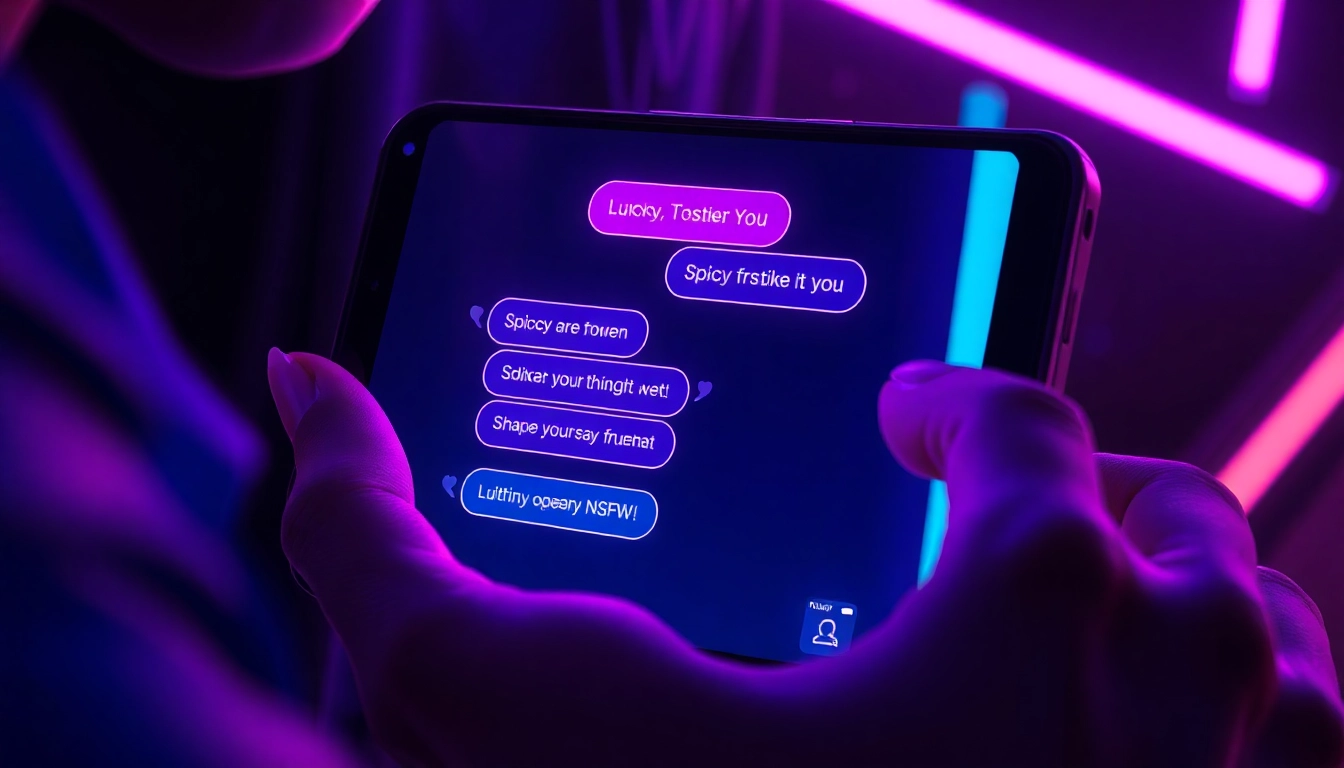Revolutionizing Image Editing with Nano Banana AI: The Future of Visual Creativity
In the rapidly evolving landscape of artificial intelligence, one breakthrough stands out as a game-changer: nano banana. This innovative technology, developed by Google, promises to redefine the boundaries of what AI can accomplish in the realm of image editing. Unlike traditional tools that offer basic manipulation, Nano Banana AI positions itself as a groundbreaking platform that not only edits images but comprehends them—understanding context, maintaining consistency, and reasoning through complex visual tasks. As the most advanced AI image editor on the market, Nano Banana AI leverages advanced reasoning capabilities to deliver results that are not just visually appealing but also contextually accurate and logically consistent, setting a new standard for creative professionals and enterprises alike.
The Evolution of AI in Image Editing
The journey of artificial intelligence in the field of image editing has been marked by incremental improvements, from simple filters and adjustments to sophisticated generative models. Early AI tools primarily focused on basic enhancements such as color correction, cropping, and retouching, which, while useful, lacked the depth of understanding necessary for more complex edits. As computational power increased and machine learning algorithms matured, new models emerged capable of generating images from scratch and performing intricate edits that mimicked human creativity.
However, despite these advancements, most existing solutions still operate on surface-level manipulations—applying changes without truly “understanding” the images or the intent behind them. This has created a gap in the market for an AI that can think about images in a human-like manner, considering context, spatial relationships, and logical consistency. Enter Nano Banana AI, which aims to fill this void by offering an unprecedented level of intelligent image editing that combines deep reasoning with visual accuracy.
What is Nano Banana AI? An Overview of Google’s Revolutionary Image Editor
Nano Banana AI is Google’s latest innovation in the realm of artificial intelligence-driven image editing. Marketed as a revolutionary platform, it claims to outperform all existing competitors through its advanced reasoning capabilities. Unlike conventional image editors that manipulate pixels based solely on predefined algorithms, Nano Banana AI understands the content of images at a conceptual level. It can interpret scenes, objects, and contexts, enabling it to perform edits that are both precise and meaningful.
This platform is part of Google’s broader Gemini project, which aims to integrate deep contextual understanding and logical reasoning into AI models. Dubbed “nano banana,” this model has garnered attention for its ability to perform complex edits—such as swapping backgrounds, changing angles, adjusting colors—while preserving the integrity of the original subjects. It is often described as a “thinking” AI, capable of comprehending the why behind each edit, ensuring that modifications align with the user’s intent.
Key Features and Capabilities of Nano Banana AI
Advanced Reasoning and Contextual Understanding
At the core of Nano Banana AI’s capabilities lies its advanced reasoning engine. Unlike traditional models that rely on pattern recognition, Nano Banana employs deep reasoning algorithms to interpret the semantic meaning of images. For example, if a user requests to change the background of a photo while keeping a person or object intact, the AI not only recognizes the person but also understands their spatial relationship with the environment. This contextual comprehension ensures that edits are realistic and cohesive, avoiding common issues like mismatched lighting or disproportionate scaling.
3D Spatial Awareness
One of the most revolutionary aspects of Nano Banana AI is its 3D spatial awareness. Traditional image editors often struggle with maintaining depth cues and spatial consistency when performing edits. Nano Banana, however, can analyze the three-dimensional structure of scenes, enabling it to perform perspective-aware modifications. Whether it’s changing the background to a different scene or adjusting the angle of an object, this 3D understanding allows for seamless, realistic transformations that align perfectly with the original scene’s depth and perspective.
Perfect Consistency and Logical Reasoning
Consistency is a critical factor in high-quality image editing, especially for professional use. Nano Banana AI excels in maintaining logical coherence across complex edits. For instance, when altering lighting conditions or shadows, it considers the scene’s overall composition to produce consistent results. This logical reasoning extends to maintaining the integrity of objects and people within images, ensuring they do not distort or lose their characteristics during edits. This level of consistency dramatically reduces the need for manual touch-ups, saving time and enhancing productivity.
Comparing Nano Banana AI to Competitors like Flux Kontext and Gemini 2.0 Flash
While tools like Flux Kontext and Gemini 2.0 Flash have made strides in AI-driven image manipulation, they primarily focus on surface-level edits—color adjustments, background swaps, or simple object removals. These tools often lack the deep understanding necessary for more nuanced modifications and can produce inconsistent or unnatural results when faced with complex scenes.
In contrast, Nano Banana AI claims a superiority in several key metrics:
- Accuracy: 95-99% accuracy in editing tasks compared to 20-70% for competitors, ensuring that edits align precisely with user intentions.
- Contextual Depth: Ability to comprehend scene semantics, which other models lack, leading to more natural and believable results.
- 3D and Spatial Awareness: An edge over competitors that primarily work in 2D, allowing for perspective-aware edits.
- Logical Reasoning: Ensures consistency across complex edits, avoiding common pitfalls like mismatched shadows or disproportionate objects.
These enhancements make Nano Banana AI not just a tool for simple edits but a comprehensive solution capable of understanding and executing with human-like intelligence.
The Technology Behind Nano Banana AI: How It Works
At its core, Nano Banana AI leverages a combination of cutting-edge machine learning architectures, including transformer-based models, deep reasoning algorithms, and 3D scene understanding frameworks. The platform has been trained on vast datasets comprising diverse images, scenes, and objects, enabling it to learn complex visual semantics.
The AI’s reasoning capabilities are powered by a multi-layered neural network that can interpret the intent behind user prompts and analyze scene context. It employs a form of logical inference, akin to human reasoning, to determine the best approach for executing edits. The 3D spatial analysis is achieved through advanced depth estimation techniques, allowing the model to reconstruct scene geometry and perspective.
Moreover, Nano Banana AI integrates feedback mechanisms that allow it to refine edits iteratively, ensuring that the final result meets user specifications. This dynamic process is reminiscent of human editing workflows, where adjustments are made to perfect the outcome.
Practical Applications and Use Cases
Casual Creators
For casual users, Nano Banana AI offers an intuitive interface that simplifies complex edits. Whether swapping backgrounds for a social media post or changing the color palette of an image, everyday creators can achieve professional-looking results without extensive training or manual editing skills. The AI’s contextual understanding ensures that edits look natural, making content more engaging and visually appealing.
Professional Designers
Design professionals benefit from Nano Banana AI’s precision and consistency. It streamlines workflows by automating tedious tasks such as object removal, background replacement, or perspective adjustment. The AI’s ability to comprehend scene semantics allows designers to execute complex edits rapidly, freeing up time for creative exploration. Additionally, the platform’s capacity to maintain visual coherence across multiple images makes it invaluable for branding, advertising, and multimedia projects.
Large Enterprises
For large corporations, Nano Banana AI offers scalable solutions tailored to high-volume content creation needs. It can be integrated into existing workflows to automate image editing at scale, ensuring brand consistency and reducing costs. The platform’s advanced reasoning ensures that all edits adhere to brand guidelines and visual standards, crucial for maintaining a professional image across diverse campaigns.
Pricing and Accessibility: Is Nano Banana AI Worth the Investment?
Nano Banana AI offers a tiered pricing structure designed to suit different user needs:
- Standard Plan : Ideal for casual creators and small-scale projects, providing access to core features and limited usage.
- Professional Plan : Suitable for professionals requiring advanced editing capabilities, higher usage limits, and priority support.
- Enterprise Solutions: Custom pricing for large organizations needing tailored integrations, extensive usage, and dedicated support.
Given the platform’s superior performance metrics—claiming 95-99% accuracy versus competitors’ 20-70%—many users find that the investment is justified. The quality, efficiency gains, and creative flexibility offered by Nano Banana AI can significantly offset costs, especially for businesses where visual content plays a pivotal role in marketing and branding.
Ethical Considerations and Future Outlook of AI in Creative Fields
As with all transformative technologies, Nano Banana AI raises important ethical questions. The ability to generate highly realistic edits and manipulate images convincingly can be misused for misinformation or deepfakes. It is crucial for developers and users alike to adhere to ethical standards, ensuring transparency and responsible use.
Looking ahead, the future of AI in creative fields appears promising. Nano Banana AI exemplifies how deep reasoning and contextual understanding can augment human creativity, leading to more innovative and efficient workflows. As the platform continues to evolve, we can anticipate even more sophisticated features, such as real-time 3D scene editing, multi-modal integration, and enhanced collaboration tools.
The Paradigm Shift in AI-Driven Visual Creativity
In conclusion, Nano Banana AI signifies a paradigm shift in how artificial intelligence approaches image editing. Moving beyond basic manipulation, it embodies a new era where AI can think about images as humans do—understanding context, maintaining logical consistency, and reasoning through complex modifications. This shift not only empowers creators with unprecedented tools but also challenges the very definition of what it means to be an AI in the creative domain.
While traditional tools like Flux Kontext and Gemini 2.0 Flash have laid the groundwork, Nano Banana AI’s leap forward in reasoning, spatial awareness, and contextual understanding positions it at the forefront of this revolution. As the technology matures, it promises to unlock new horizons in visual storytelling, advertising, entertainment, and beyond.
Conclusion: Embracing the Future of AI in Image Editing
The emergence of ai nano banana marks a significant milestone in the journey toward intelligent, context-aware image editing. Its ability to think, reason, and understand images as humans do is set to redefine creative workflows, enhance productivity, and expand the possibilities of visual communication. Whether you are a casual creator, a professional designer, or a large enterprise, embracing Nano Banana AI could be the key to staying ahead in a competitive and visually driven world.
As AI continues to evolve, one thing is clear: the future of image editing is not just about generating pretty pictures but about creating intelligent, meaningful visual stories. Nano Banana AI exemplifies this future—a true revolution in how we perceive and manipulate images, making it an essential tool for anyone involved in the art of visual storytelling.
In essence, the advent of Nano Banana AI underscores the importance of advancing AI technology—not just for aesthetic enhancement but for genuine understanding and reasoning. This leap forward heralds a new era where AI becomes a true creative partner, transforming the landscape of visual arts and beyond.



